The design philosophy of the high-reliability slitting machine revolves around the two core issues of "anti-jam and anti-offset", which needs to be systematically optimized from multiple dimensions such as mechanical structure, control system, material science and human-computer interaction. Here are the key design takeaways and implementation paths:
1. Mechanical structure design: stability and precision
• Rigid frame with dynamic balance
A highly rigid alloy base (e.g. aerospace aluminum or cast iron) with finite element analysis optimizes the structure to ensure resonance-free operation at high speeds. Dynamically balanced designs, such as active counterweight systems, counteract inertial forces and reduce vibration-induced offset.
• Precision guidance system
The use of linear guide rail + ball screw or magnetic levitation guide technology, with high-precision bearings (P4 or above), to ensure that the parallelism error of the cutter shaft and the rewinding reel is ≤0.01mm, to avoid material deviation.
• Modular knife set design
The pneumatic/hydraulic quick tool change system with laser tool setter realizes automatic adjustment of the blade gap (accuracy ± 0.005mm) to prevent cassing caused by tool misalignment.
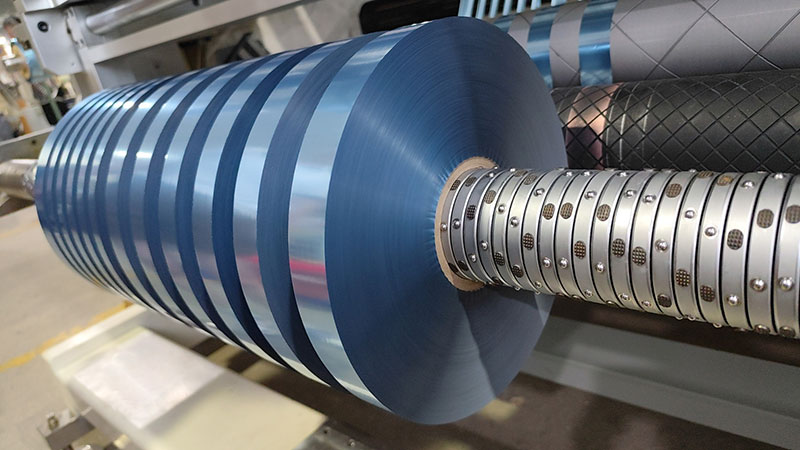
2. Tension control: multi-closed-loop intelligent adjustment
• Full closed-loop tension feedback
Multi-stage tension control: unwinding (magnetic powder brake) + process (floating roller + tension sensor) + winding (servo motor), real-time adjustment through PID algorithm, tension fluctuation control within ±1%.
• Edge Guiding System (EPC)
Based on the edge detection of CCD vision or ultrasonic sensor, combined with the deviation correction mechanism driven by the servo motor, the response time is < 20ms, and the offset correction accuracy is ±0.1mm.
3. Material adaptability design
• Surface treatment technology
Critical contact surfaces (e.g. guide rollers) are ceramic-coated or mirror-polished to reduce the coefficient of friction (μ<0.1) and avoid tape caused by material scratches or electrostatic adsorption.
• Adaptive roller system
According to the thickness of the material (0.01~1mm), the pressure of the air pressure roller (0~10Bar) is automatically adjusted to ensure that the film material does not wrinkle and the thick material does not slip.

4. Intelligent monitoring and predictive maintenance
• Multi-sensor fusion
Integrated thermal imaging camera (to monitor bearing temperature), vibration sensor (to detect tool-axis imbalance), acoustic emission probe (to identify abnormal friction), and data is uploaded to a cloud-based analytics platform via the Industrial Internet of Things (IIoT).
• AI fault prediction
Machine learning models based on historical data, such as LSTM neural networks, provide early warning of potential carnage/drift risks, reducing maintenance response time by more than 30%.
5. Ergonomics and fault-tolerant design
• Fool-proof interface
The HMI panel integrates one-key calibration and fault self-diagnosis guidance to avoid human parameter setting errors.
• Rapid emergency response mechanisms
Dual-loop emergency stop system (mechanical + electronic), tool set emergency retraction function (response time<50ms), minimize damage after cassing.
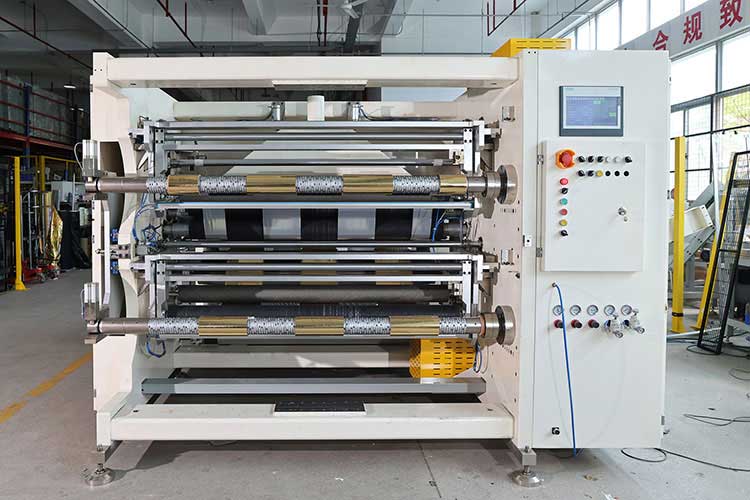
6. Reliability verification system
• Accelerated Life Test (ALT)
Simulate extreme operating conditions (e.g., 72 hours of continuous 120% overspeed operation) and verify MTBF (mean time between failures) ≥of 10,000 hours for critical components (e.g., bearings, tools).
• FMEA analysis
Failure mode and effect analysis is carried out for all subsystems of the slitter, and high-risk items (such as tension loss and guide failure) are prioritized.
epilogue
The essence of a high-reliability slitter is to reduce the probability of failure to the level of six sigma (< 3.4PPM) by replacing "post-remedial care" with "preventive design". The future trend is to integrate digital twin technology to achieve real-time optimization of virtual and real linkage, and finally achieve the ultimate goal of "zero cassette and zero offset".
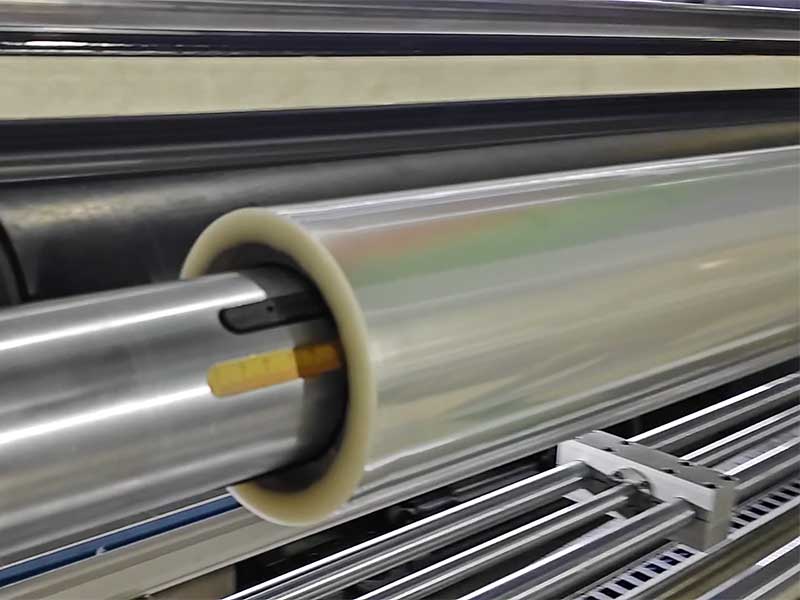
The stable operation of the slitting rewinder is the basis for producing high-quality coil products.
10. December, 2025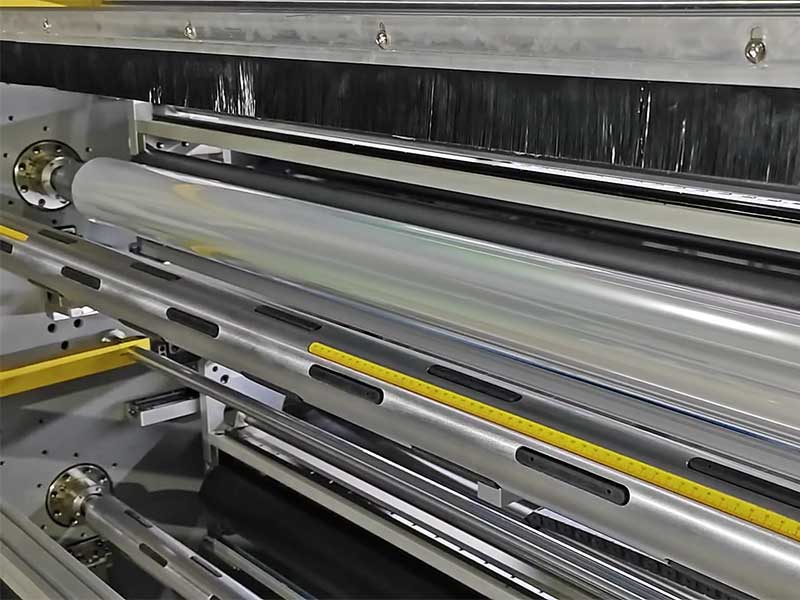
These film materials need to be precisely cut into different widths during the production process to meet the needs of various models and components.
10. December, 2025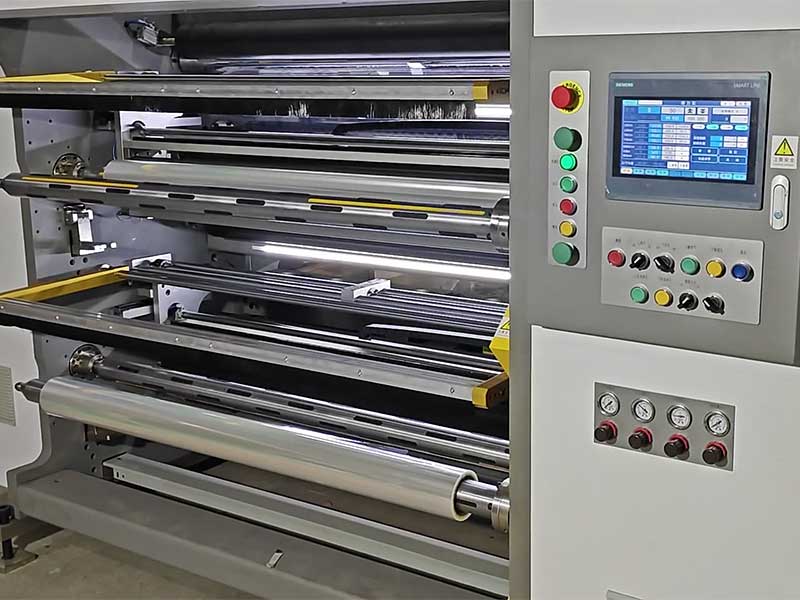
The automotive film slitting machine, an increasingly intelligent "cutting knife", is accurately cutting out redundant costs, inefficient processes and backward production methods.
10. December, 2025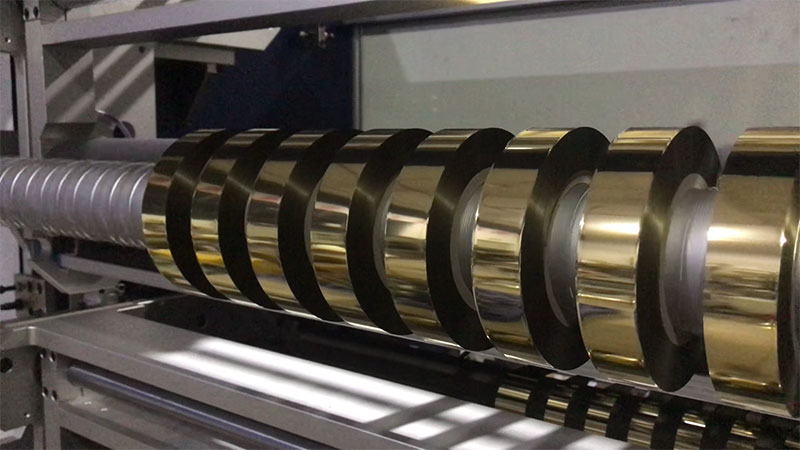
Precisely cut the wide master roll according to the preset dimensions, then rewind it into finished rolls suitable for subsequent processing or direct use.
09. December, 2025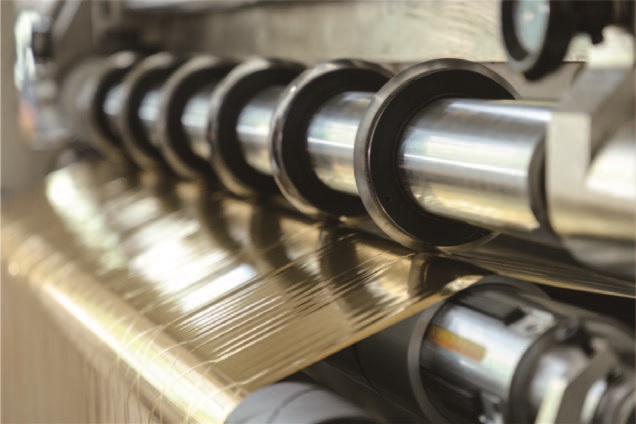
Cut wide rolls of film, paper, nonwoven fabric, metal foil, and other materials to precise sizes, and then rewind them into finished rolls that meet downstream requirements.
09. December, 2025